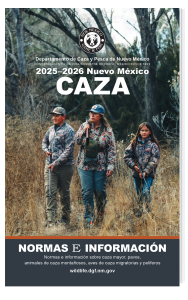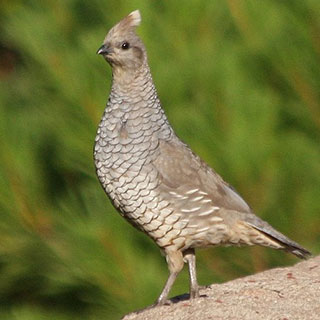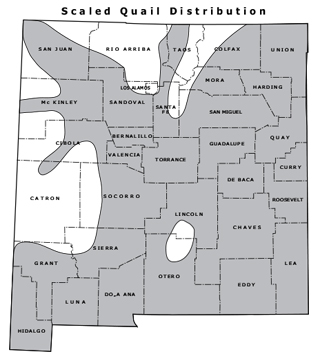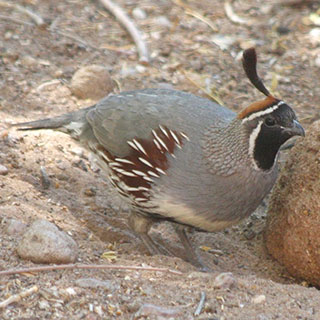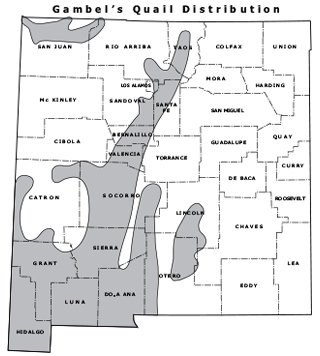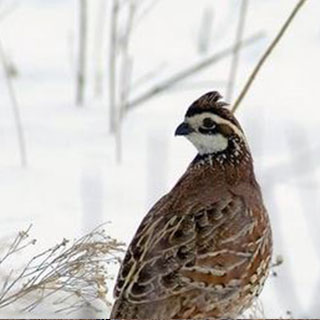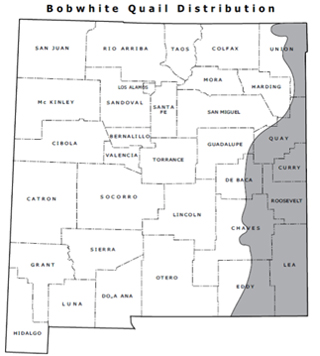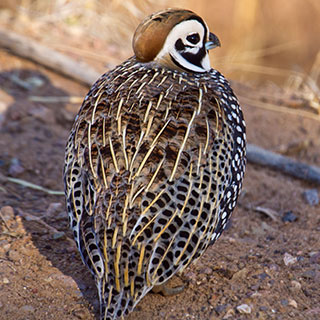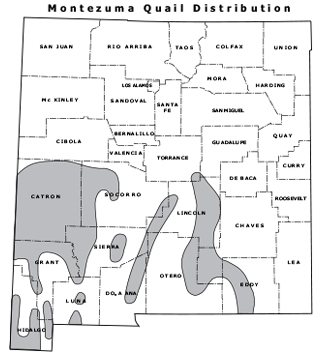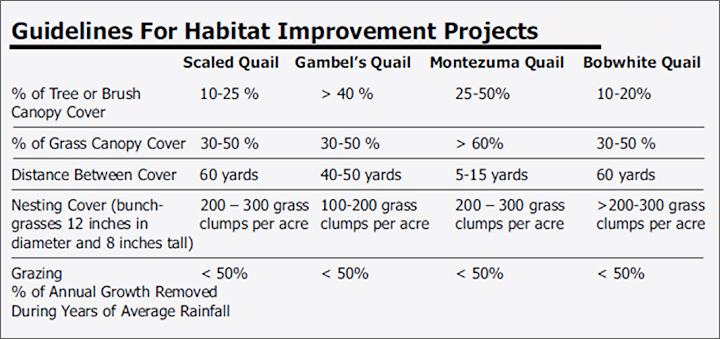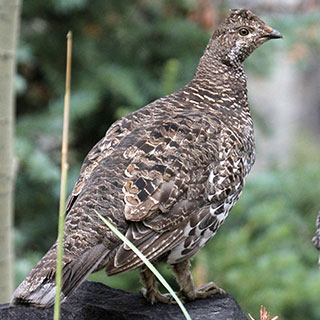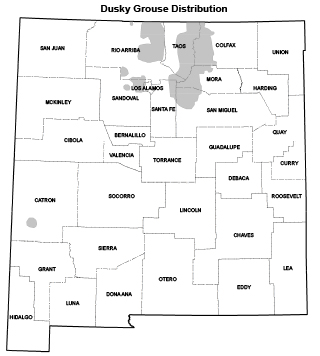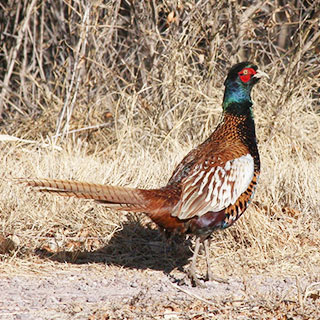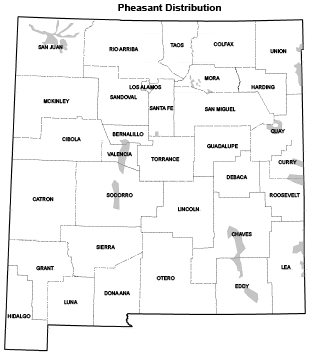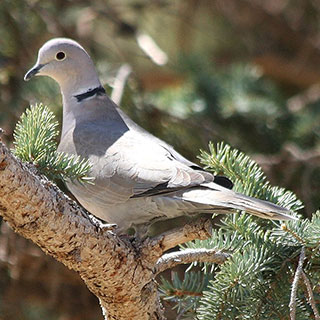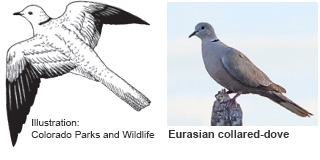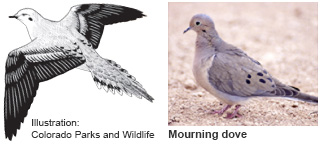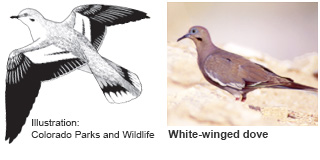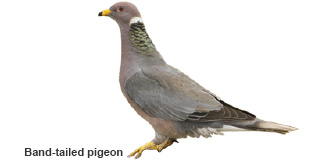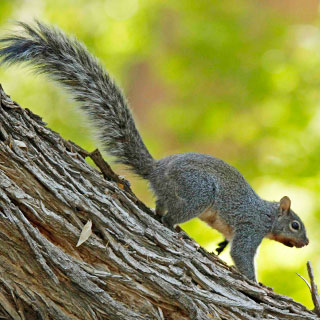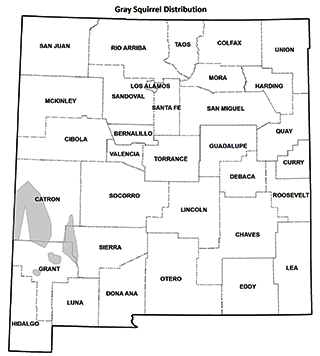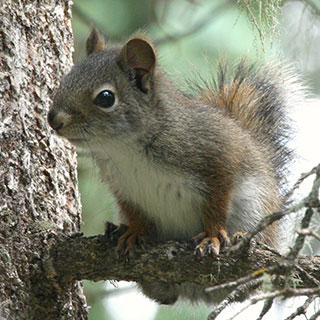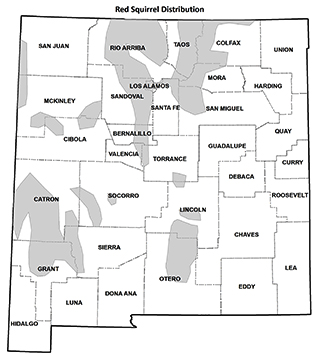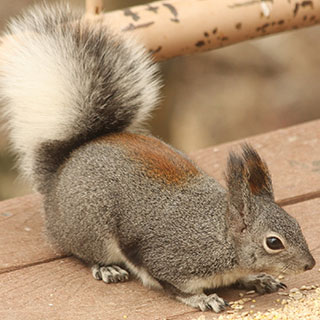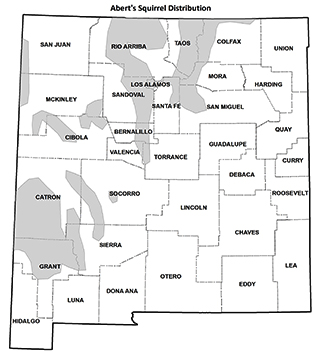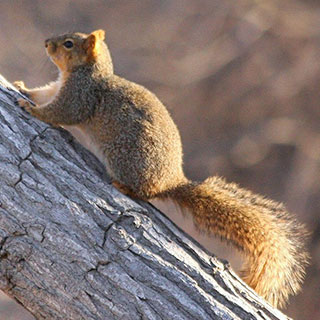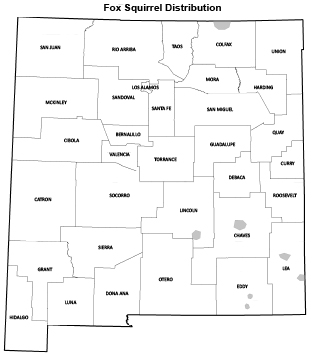Upland Game
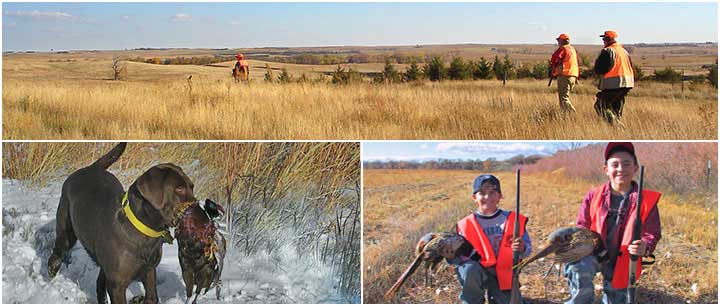
Resident upland game provide vast opportunities for both hunters and wildlife observers in New Mexico. Upland game are found in most habitats throughout the state, from mountains to desert. Our resident upland games species include: Quail, Dusky grouse, Pheasant, Eurasian collared-doves, and several Squirrel species. All distribution maps presented below are approximations based on habitat data, historic records, and reported observations.
Note that migratory game birds are managed separately from resident upland game. Migratory birds are species that in the course of their annual migration traverse certain parts of the United States, Canada, Mexico, Russia, or Japan. Click here to find information on Migratory Game Birds.
A Game Hunting License is required to legally take upland game in the state. For in depth hunting and license information, reference the PDF publication
Beginning in 2024, the stand-alone Upland Game Rules & Information publication was incorporated (as a section) into the general Hunting Rules & Information booklet. You can find all the department’s Rules & Information publications, including previous years Upland Game RIBs at our Publications Page.
To download Upland Game Harvest Reports click here.
Click the tab headings below to learn more about Quail, Dusky grouse, Pheasant, Eurasian collared-doves, and Squirrel. For more hunting and license information, reference the New Mexico Hunting Rules & Info.
For more hunting and license information, reference the New Mexico Hunting Rules & Info.


